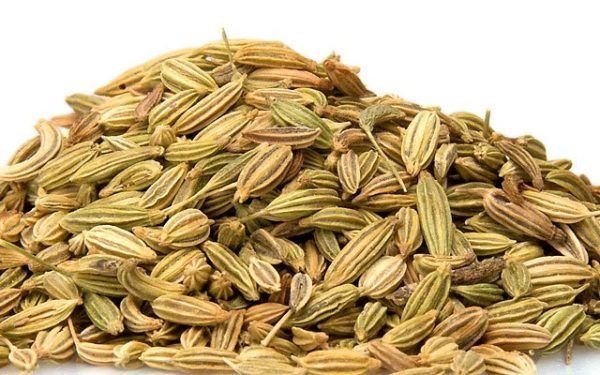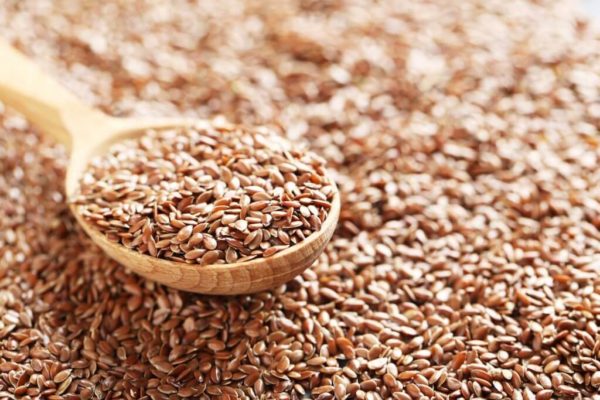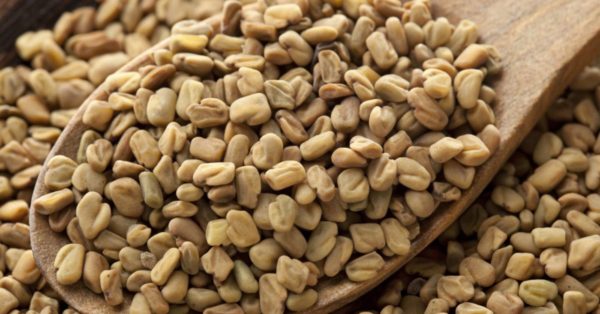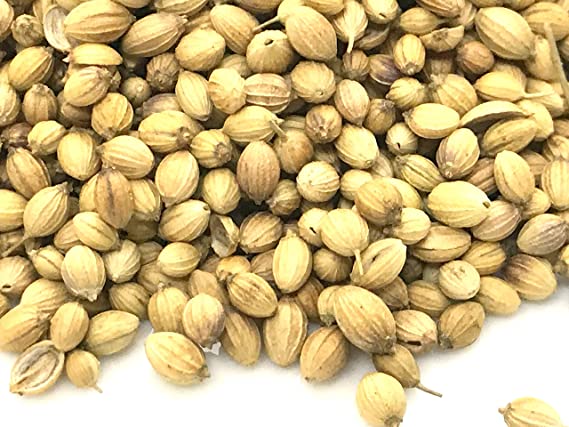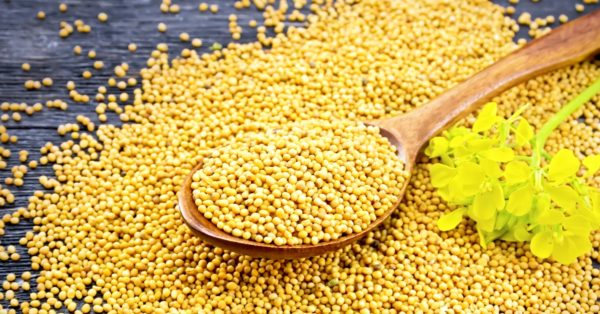Cumin is a flowering plant in the family Apiaceae, native to southwestern Asia including the Middle East. Its seeds – each one contained within a fruit, which is dried – are used in the cuisines of many cultures in both whole and ground form
Cumin Seeds
Cumin is a flowering plant in the family Apiaceae, native to southwestern Asia including the Middle East. Its seeds – each one contained within a fruit, which is dried – are used in the cuisines of many cultures in both whole and ground form
Related products
Sesame Seeds
Sesame is a flowering plant in the genus Sesamum, also called benne. Numerous wild relatives occur in Africa and a smaller number in India. It is widely naturalized in tropical regions around the world and is cultivated for its edible seeds, which grow in pods.
Fenugreek Seeds
Fenugreek is an annual plant in the family Fabaceae, with leaves consisting of three small obovate to oblong leaflets. It is cultivated worldwide as a semiarid crop. Its seeds and leaves are common ingredients in dishes from the Indian subcontinent, where it is known as ‘methi’
Coriander Seeds
Coriander is an annual herb in the family Apiaceae. It is also known as Chinese parsley or dhania, and in the United States the stems and leaves are usually called cilantro. All parts of the plant are edible, but the fresh leaves and the dried seeds are the parts most traditionally used in cooking
Mustard Seeds
Mustard seeds are the small round seeds of various mustard plants. The seeds are usually about 1 to 2 millimetres in diameter and may be colored from yellowish white to black


